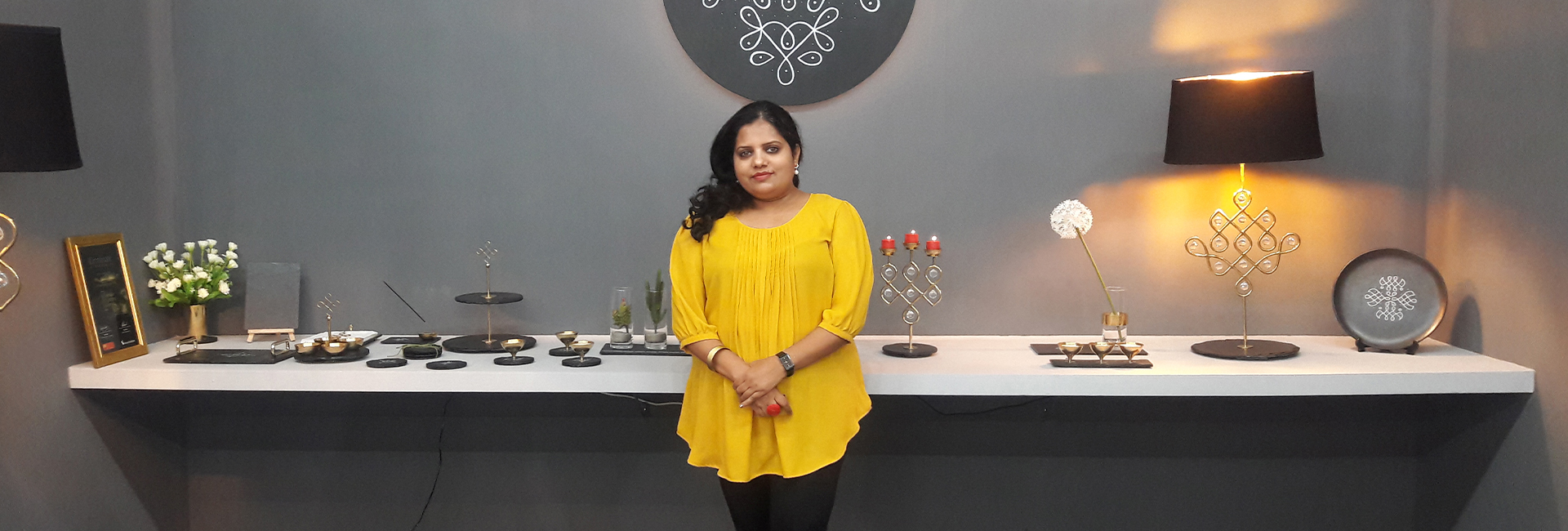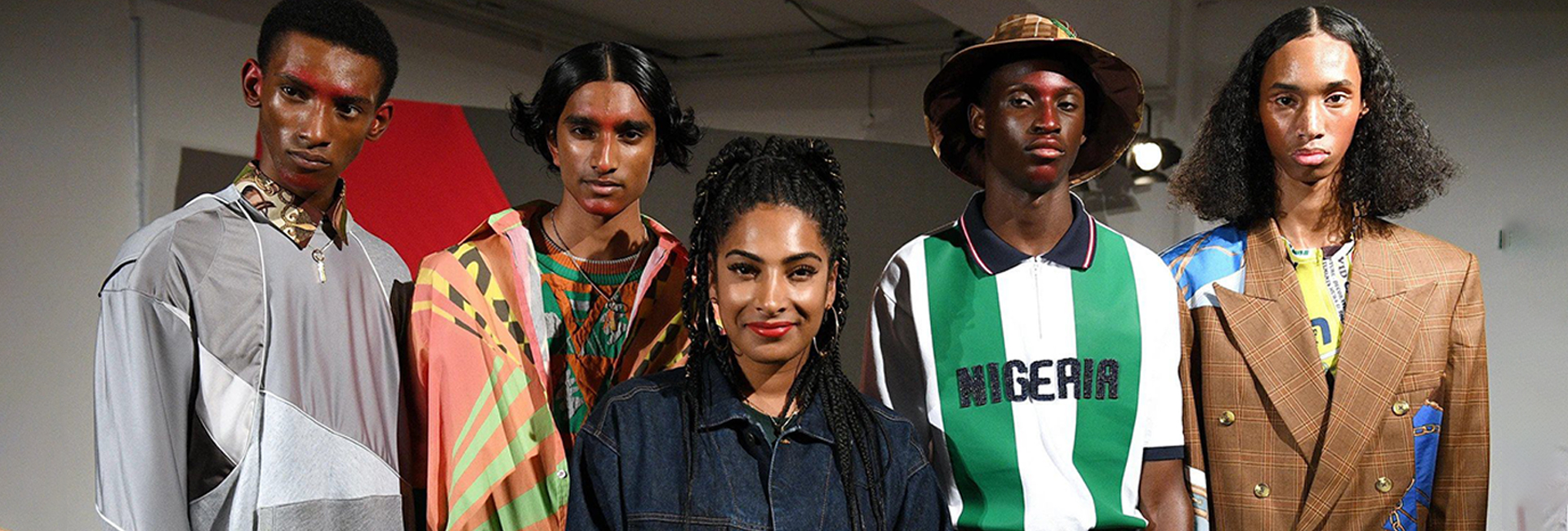(February 7, 2023) Suhasini Paul is the first toy designer in the country to have her name imprinted on her work for Indian and global clients. She’s also the force behind the immensely popular surprise toys found inside Kinder Joy chocolates, the creator of Chota Bheem promotional toys and merchandise and has been a toy expert with Snapdeal. And as far back as she can remember, making toys has been her passion, one that grew into an ambition and then a flourishing career.
“I didn’t have toys growing up,” she says, in an interview with Global Indian. “I had Ludo, and Snakes and Ladders.” Instead of buying dolls like other kids her age, her grandmother taught her how to make her own toys and create chalk sculptures. The first turning point came when she realised, she could “convert my ideas into products.” “When you want to achieve something, the world conspires to help you,” she remarks, paraphrasing Paulo Coelho.
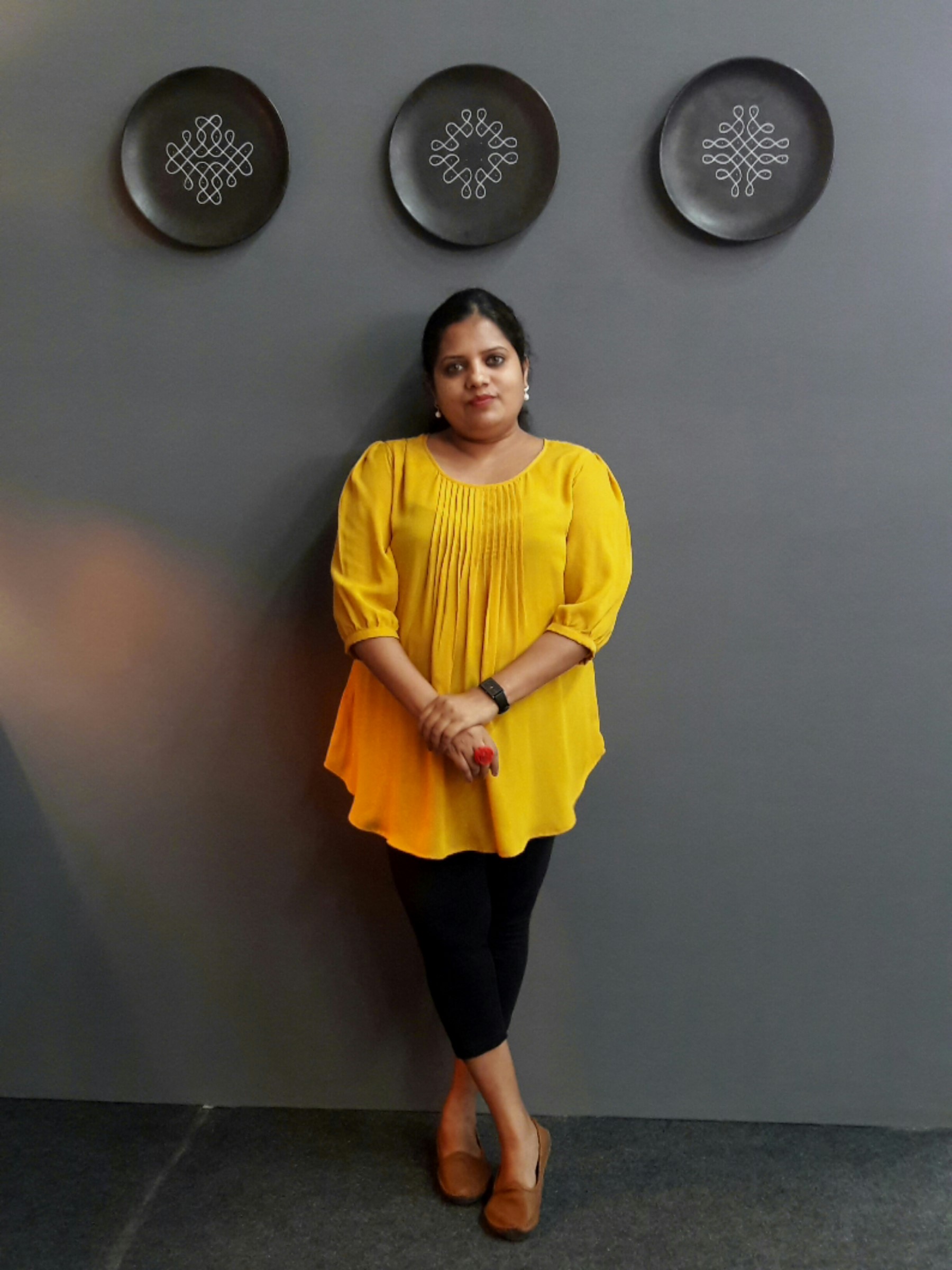
Suhasini Paul
The first turning point
She was an engineering student in Nagpur when the National Institute of Design started a toy design programme in 2002. Even in engineering college, Suhasini was doing birthday parties and window displays for kids, earning her own money. Still, she had no idea that such a profession even existed. “I thought, this is what I have always wanted to do, really.” She took the exam and got admission to NID, kickstarting her professional journey.
Suhasini began working with Frank Educational Aids during her diploma project. She decided on a topic that would help kids become more environmentally conscious and wondered if she could give them a gamified approach to imbibing good values. This led to designing two board games and two puzzles – which were launched in January 2006. “My first product was out in the market,” she says.
Her “first success,” Suhasini recalls, came a year prior. In 2005, when she was still a student at NID, she received a National Award, given to her by Narendra Modi, who was the CM of Gujarat at the time. “I was the only woman designpreneur – the award was for Designpreneur of the Year,” she says. There has been no looking back since.
How does it work?
Suhasini designs for all age groups, from toddlers to teens. “My specialty is toddlers and pre-schoolers,” she explains. She has over 300 toys in production and in the market. “It’s all about the materials,” she explains. “Toddlers become very active after 18 months of age, they begin to understand colours and basic shapes.” These early stages of cognitive growth progress rapidly – “They embrace change, learn and understand very fast.”
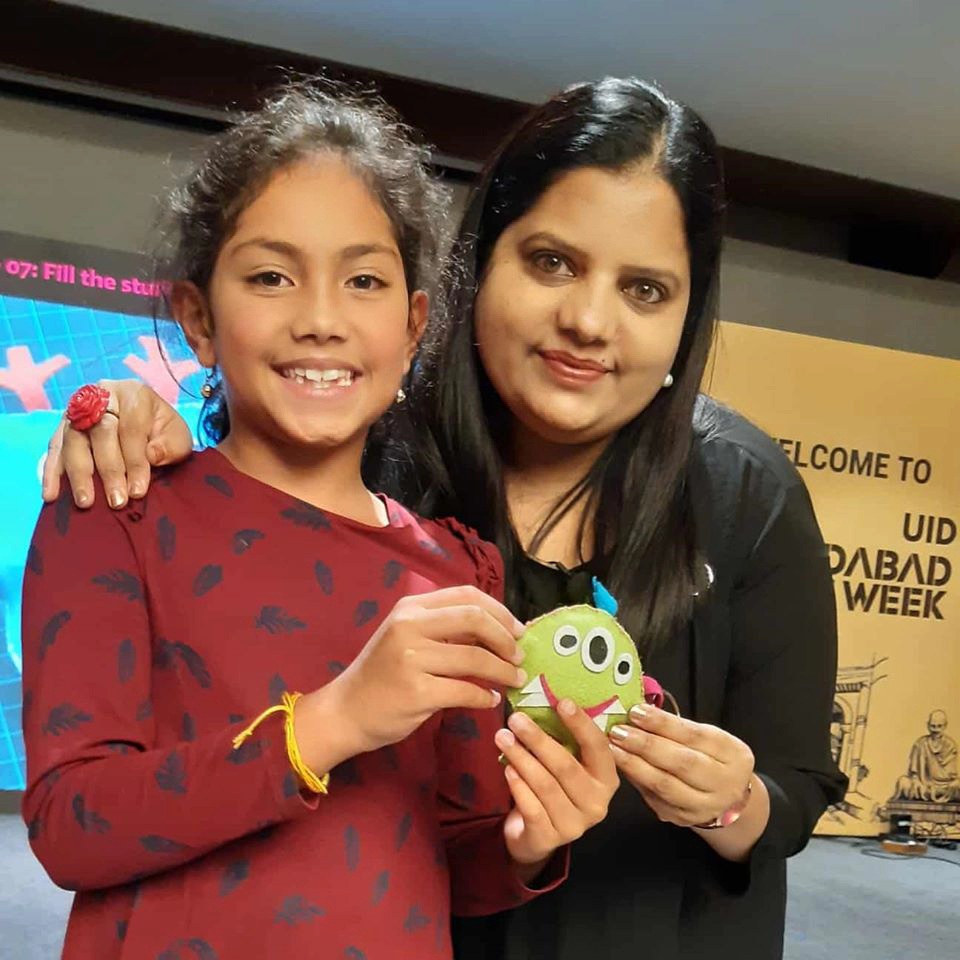
Suhasini with a participant from one of her workshops
‘Play’ is the most important part of a child’s life, and has a pivotal role in “cognitive, motor and psychosocial, emotional and linguistic skills. It also plays a key role in raising self-confident, creative and happy children.” “They improve their oral and motor skills and hand-eye coordination. They work on oral skills by blowing air through a straw and matching colours. Kids at that age need tangible, age-appropriate toys,” says Suhasini, who has done programmes with NDTV explaining how toys can be introduced at the kindergarten and pre-school levels.
Suhasini sees herself as a bridge between the manufacturer, the parent and the end user. “And I need to make toys with high perceived value and the lowest cost possible. The design needs to be manufacturing-friendly, save on time and cost.” Still, it needs to be something kids would want to grab off the shelf and since the “parent is the one buying it, the toy needs to appeal to them too. It’s all about the materials, really.”
The design process
It begins with study and observation. “I understand kids through their drawings, gather my insights and make a design direction,” she explains. When the parameters are established, the work begins – sketching, concept and detailing.
These days, when she works with clients, Suhasini even designs the packaging. “It’s a journey that begins from scratch and goes all the way till the product makes it to the market.” It’s an immersive process, more so because her husband, Sandip Paul, is also a noted product designer. “It’s a way of life now. We talk about design all the time, even when we’re going to bed,” she laughs.
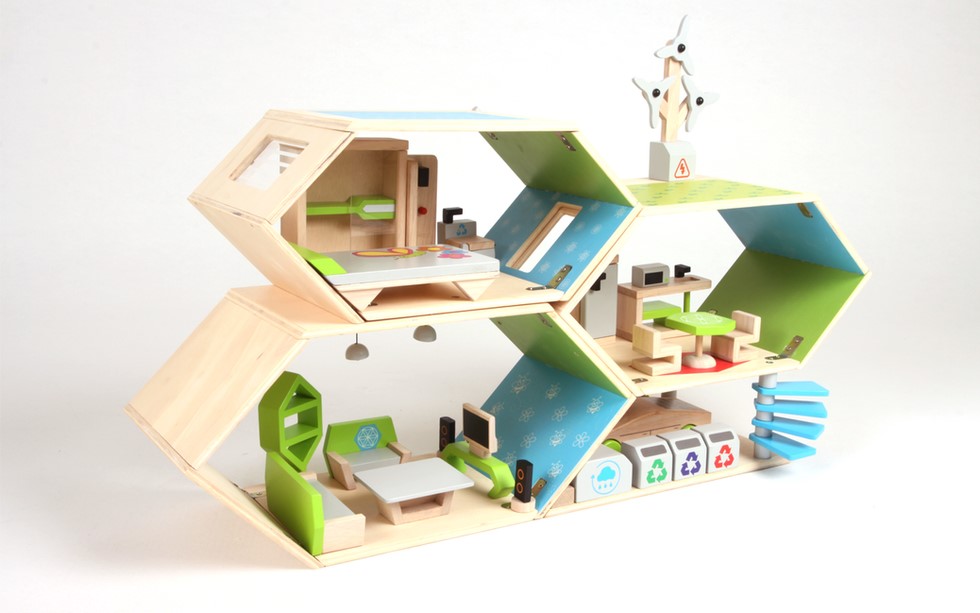
An eco doll house: Credit: Suhasini Paul
It’s a material world
In 2009, Suhasini went to Germany to launch toys for a client and was invited to their factory in China. She ended up staying there for a month, understanding how to design wooden and bamboo toys. From there, she was invited to another company, in Thailand, this time, which specialised in rubberwood toys. “They removed the latex from the rubber trees and use the remaining wood to make toys,” says Suhasini, who has been designing toys for them since 2010.
“It’s a fully sustainable process from start to finish,” she says. This includes the processes, packaging and even the brochures, and involves soy ink and recyclable paper.
Also in 2009, she was approached by the Italian confectionary giant Ferrero to be part of its Kinder brand. Kinderjoy, with its plastic, egg-shaped packaging that splits into two and contains a surprise toy is the company’s most lucrative product in the last decade. Suhasini came on board in 2008-09, as they entered the Indian market. “I designed multiple toys for them.” She has also done a range of sports toys for Disney and as an expert with Snapdeal.
Expert speak
Today, Suhasini’s job also involves working with clients who want to create toys of their own, as the Indian toy industry began witnessing a historic boom. In 2014-15, the toy industry export was around USD 96.17 million and grew by 240 percent in 2021-22, when it was worth USD 326.63 million.
It means more players in the market and Suhasini’s role has transformed from designing toys to making entrepreneurs aware of the industry and educating them. “Earlier, I had mainly international clients but we now have lots of projects from India as well. India is becoming more and more design savvy and the shift has happened in the last two years.”
Everybody wants a show-stopper product and that’s where Suhasini steps in, hand-holding companies, from suggesting names, creating a philosophy, logo and a signature product.
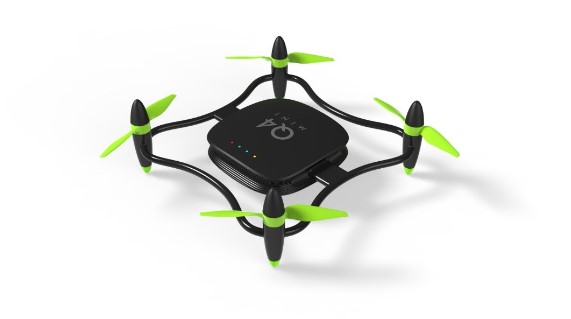
A mini-drone designed in collaboration with Paul Sandip. Photo credit: Suhasini Paul
The IoT world
“Everything is good in moderation,” Suhasini smiles. “Everything has its pros and cons.” It has however, led to the creation of IoT and tech-based toys. “I want to be a trendsetter always.”
She calls toys the “basic hygiene of cognitive development.” The question at hand, she explains, is always, “How will this help a child grow and also have fun? If you marry these two things together, your toy will be a superhit.”
- Follow Suhasini Paul on Instagram

